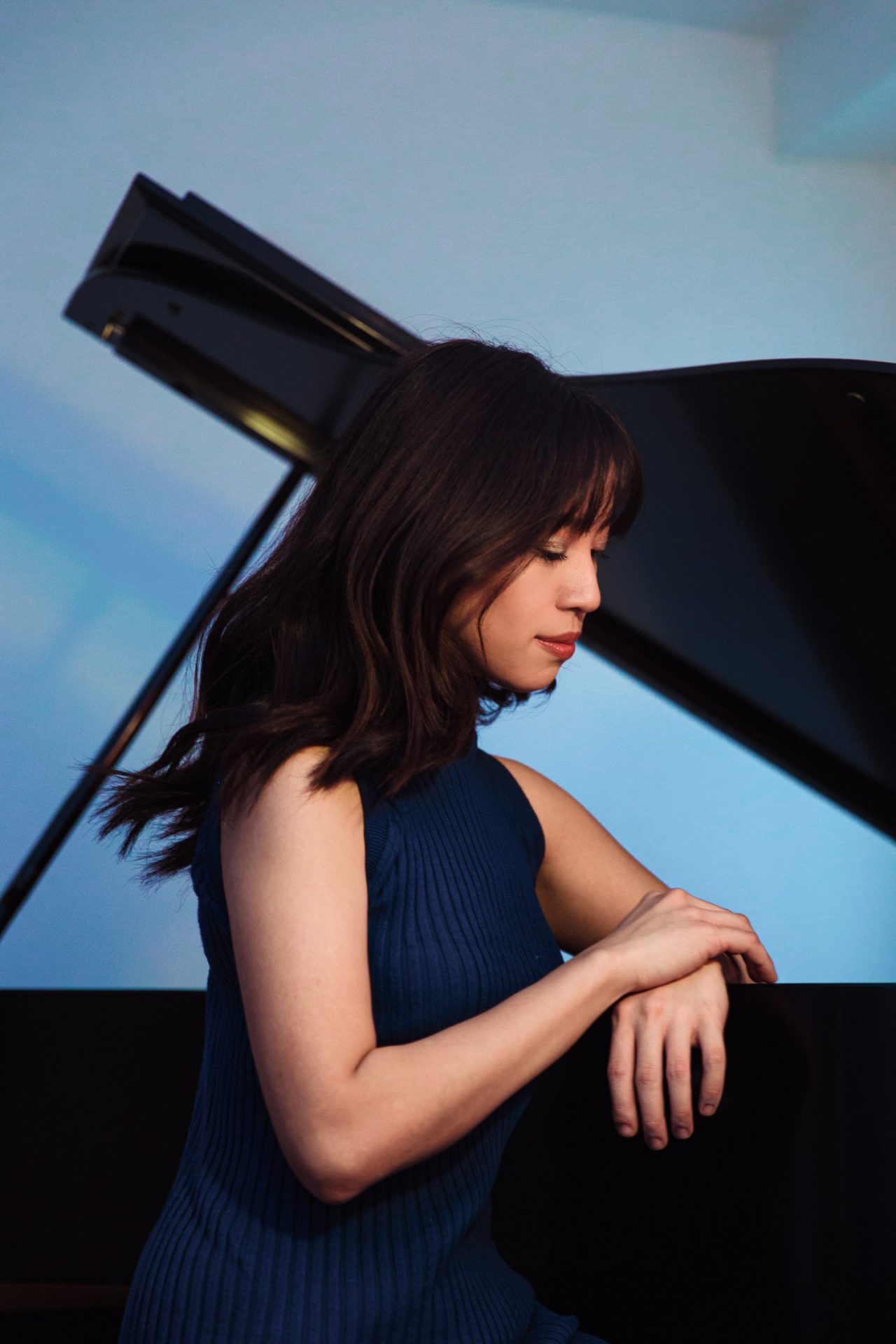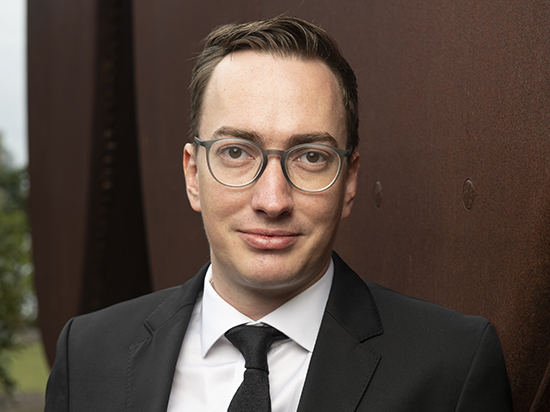From the Nashville Symphony
Clyne, Prokofiev and Mozart with Aspinall and Carissa at the Schermerhorn
On February 2 & 3, 2024 the Nashville Symphony performed their annual Lawrence S. Levine Memorial Concert which features the performance of an emerging artist. The program featured Anna Clyne’s This Midnight Hour, Sergei Prokofiev’s Symphony No. 5 in B-flat major, Op. 100 and Wolfgang Amadeus Mozart’s Piano Concerto No. 17 in G major, K. 453 with Janice Carissa at piano as the emerging artist. At the podium was Nashville’s Associate Conductor Nathan Aspinall. The evening was resplendent with wonderful new sounds and amazing interpretations of the old—something we are accustomed to at the Schermerhorn.

Clyne’s work, a stunning symphonic poem inspired by both Juan Ramón Jiménez’ poem La musica and Charles Baudelaire’s Fleurs du Mal, was remarkable for its excitement as well as the many different timbres Clyne scored and Aspinall was able to charm from the ensemble. The opening, which Clyne has stated, was “…inspired by the character and power of the lower strings of L’Orchestre national d’Île de France” is a tempest reminiscent of Richard Wagner’s great prelude to Die Walküre, but perhaps faster and with more intensity.
The tension was heightened even more so, a couple of minutes in, where Clyne paired the depth of the strings with bowed crotales (antique bells) and a piercing, yet piano piccolo—creating a kind of menacing bi-phonic timbre at either end of the aural periphery, centered by focused woodwinds. The café scene, played so well by the violas, felt like an outtake from Wozzeck; it was brilliantly written and played, as were the doppleresque horns. Across the lyrical sections, the timpani, and percussion more generally, served first as a reminder, and ultimately as a final intrusive statement, regarding the work’s direction. A wonderful opening piece performed with zest and fury.
Mozart’s 17th Concerto was written in the spring of 1784. Its opening movement is rife with the high Viennese utopianism that characterizes the period, exemplified in its primary theme, which is laiden with light turns and an accompanying alberti bass. Carissa tackled the movement with aplomb, if perhaps her interpretation was a little closer to Weber than Mozart. Indeed, while her emphasis of the early 19th century over the late 18th led to a consistent and darling interpretation that “worked,” in the Andante, the second movement, the approach was inspired.
In his biography of Mozart, Musicologist Maynard Solomon remarked that the Andante’s opening is “transient,” a “…brief moment of surpassing beauty, whose implications are premature and whose full meaning cannot be grasped until it has been repeatedly lost, forgotten, submerged, and then remembered.” In her opening and continued performance of this brief moment, Carissa’s deft creation of a gentle melodic nostalgia brought the lie to Solomon’s allegation. The movement’s later, and somewhat latent, thematic references, in her hands, enriched the movement’s beauty. In the finale she returned to the bright Viennese style, playing its wonderful, starling-inspired theme beautifully, but the Andante lurked in my mind. It was a masterful performance that earned the ovation. For an encore, she performed one of Enrique Granados’ Goyescas, and one could sense her comfort having returned to the literature from the 19th century. She is an amazing artist and we simply must have her back! In the meantime, during intermission, I slipped out for a whiskey and a breath of fresh air on the Schermerhorn’s patio. Birds, Broadway, whatever, I hope the symphony never changes location.

After intermission, we returned for Prokofiev’s masterpiece, which he wrote in 1944, at the height of the second world war. He described the work as “a hymn to free and happy man, to his mighty powers, his pure and noble spirit.” As such it is a distinctly heroic work of an epic nature. Indeed, the performance of the first movement was so arousing that it drew several exclamations of “Woo!” from the audience (Music City’s version of “Huzzah!”) and Aspinal blushed before he leaned into the manic velocity of the second movement. The central section, a brief reedy, woodwind song, only a transition, was performed with such a lovely delicate balance that it gave me chills. The meditative third movement, , with its soaring lyrical melody and violent outbursts played a wonderful antagonist to the victorious finale. By the end I was nearly as fatigued as the violin section and as I happily walked across the pedestrian bridge, I looked over at the patrons in the “Florida-Georgia Line” honky-tonk and thought to myself, “how in the world could their night’s entertainment even remotely compare to this?” Next, the symphony has a number of community events, a Romantic St. Valentine’s Concert, an artist spotlight (Stewart Goodyear) and a concert in the Chamber Music Series (Brahms Piano Quartet).



